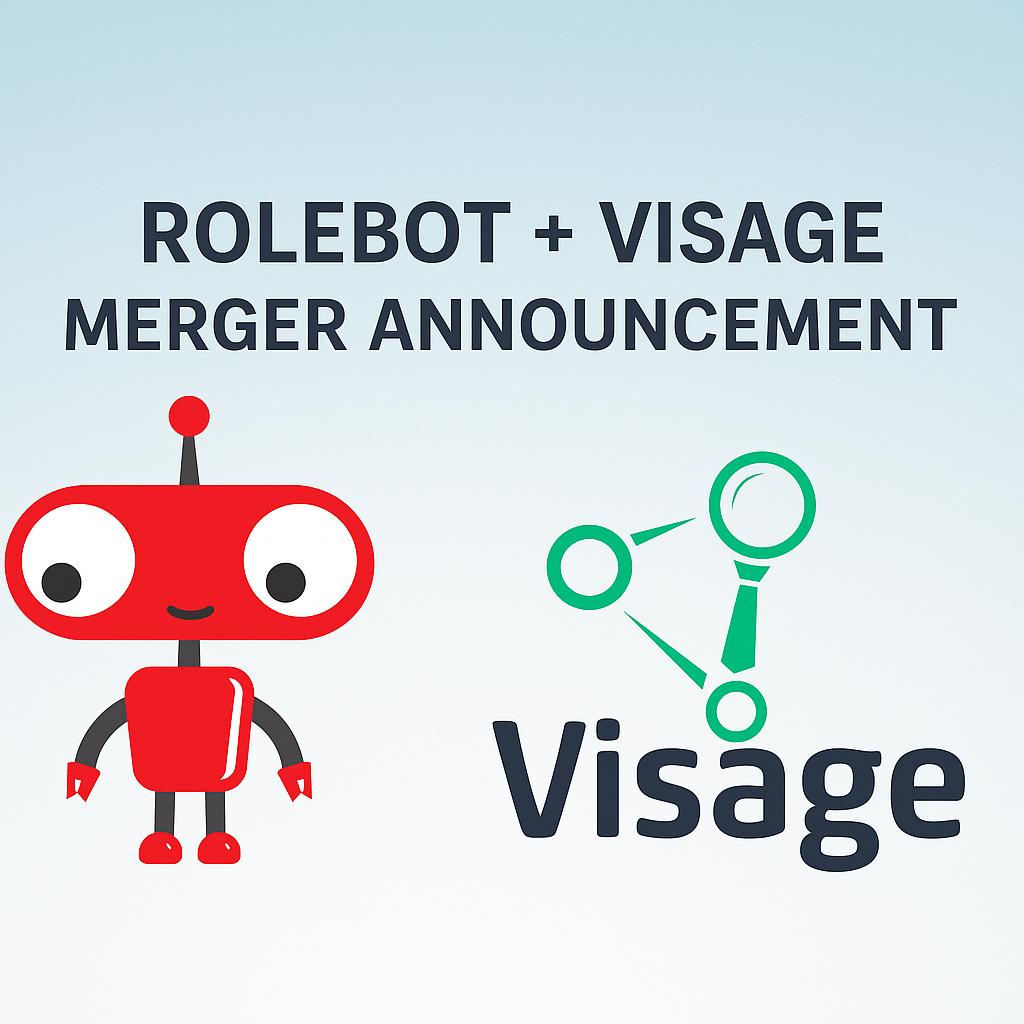The Limited Talent Pool: Why Finding the Right Candidate is Harder Than Ever
Where in the world is the perfect job candidate hiding?
- Busy being a superhero
- Hiding in a parallel universe
- They only come out during a full moon
- Allergic to job applications
- They accidentally clicked "reply all" and are now in hiding
- Time traveling
- Winning the World Cup for their country
Are you struggling to find the right talent for your company? You're not alone. In today's job market, the competition for skilled workers is fierce, and the pool of qualified candidates is seemingly shrinking. But why? And how can companies adapt to the changing landscape of talent acquisition?
Let's explore the factors that contribute to a limited talent pool.
The Skills Gap is Real
One of the main reasons for a limited talent pool is the skills gap. The skills gap is the difference between the skills employers need and the skills job seekers possess. In today's rapidly changing economy, the demand for highly specialized skills is increasing, but the supply of workers with these skills is not keeping pace.
By 2030, the talent shortage and skills gap in the U.S. alone is expected to
total a loss of $8.5 trillion.
Employees are anxious about the widening skills gap, with 46 percent of those surveyed
by degreed believing their current skill set will become irrelevant
in the next few years.
Baby Boomers Retire, Generation Z Enters
Another factor contributing to the limited talent pool is demographic shifts. As the Baby Boomer generation retires, there are fewer workers to replace them. And while the Millennials have entered the workforce in large numbers, they are not as numerous as the Boomers. Additionally, the youngest generation entering the workforce, Generation Z, has different priorities and work styles than their predecessors, creating new challenges for companies looking to attract and retain them.
Talent is in Demand
As the economy grows, the demand for talent is increasing across industries. This competition has made it more difficult for companies to attract and retain top talent. Monitoring employee engagement and burnout will become increasingly crucial as the remote workforce thrives.
Adapting to a Changing Landscape
The changing talent acquisition landscape means that companies must adapt their hiring strategies. One approach is to build a strong employer brand that resonates with the type of talent you want to attract. This means creating a company culture that is inclusive, diverse and aligned with the values of your target candidates.
Another strategy is to leverage technology to reach a wider pool of candidates. For example, AI-powered recruitment tools like Rolebot can help companies identify and attract passive talent.
AI’s Role in Recruitment Challenges
The use of AI in recruitment helps businesses identify and attract passive candidates, reducing the impact of the limited talent pool. AI-powered tools help recruiters source, screen and assess candidates, saving time and increasing the efficiency of the hiring process. AI can help reduce the risk of bias in hiring decisions, leading to a more diverse and inclusive workforce.
As Gloria Steinem said, “this country can no longer afford to choose our leaders from a talent pool limited by sex, race, money, powerful fathers and paper degrees.”
What are you doing if you’re not actively working to reduce bias from the top-of-funnel recruitment efforts?
The Impact of the Limited Candidate Pool on Hiring Timelines
The limited candidate pool has had a significant impact on hiring timelines. The average time-to-fill has increased to a whopping 11 weeks in 2023. This can be costly for companies in terms of lost productivity and revenue.
Solutions
Look Beyond Traditional Sources
You may need to look beyond traditional sources to find the right talent. Consider recruiting from non-traditional backgrounds, such as boot camps, online learning communities and other alternative education programs. These candidates may not have a traditional degree, but they might have the skills you need.
Embrace Remote Work
The rise of remote work has made it easier to expand your geographic reach when searching for talent. By embracing remote work, you can tap into a larger pool of candidates who might not have been otherwise accessible. This can help you find the right talent, regardless of where they live.
Passive Talent: The Hidden Gem of the Talent Pool
Passive talent are
professionals who are not actively looking for a new job but may be open to new opportunities. Making up 75 percent of the workforce, these candidates are likely highly skilled, experienced and motivated, making them an attractive option for companies looking to expand their talent pool. These professionals often have significant experience, connections and skills and might be a perfect fit for your organization. Building relationships with passive candidates allows you to expand your talent pool and find the right candidate for your needs.
Why Should You Pursue Passive?
- Greater Potential: Passive candidates are often highly qualified and experienced, with skills that may not be readily available in the active candidate pool. Pursuing passive candidates gives you access to a broader range of talent and can lead to better hires.
- Reduced Competition: Because passive candidates aren't actively looking for a job, they may not receive as many job offers or compete with as many candidates. This gives you a better chance of attracting their attention and making an offer.
- Better Retention: Passive candidates are often more satisfied with their current jobs and may require more incentives to make a move. However, once they do make a move, they may be more committed to their new employer because they made a deliberate decision to leave their old job.
How Can You Pursue Passive Candidates?
- Use Social Media: LinkedIn is an excellent tool for identifying and reaching out to passive candidates. Use advanced search filters to find people with the skills and experience you're looking for and then send them a personalized message.
- Offer Something Unique: Passive candidates may require more incentives to consider a new job. Consider what you can offer that other employers can't - whether it's a unique work culture, flexible hours, out-of-the-box perks or a more challenging role.
- Make it Personal: When reaching out to passive candidates, take the time to customize the outreach. Do your homework on the talent the same way you expect they do their homework on your business.
- Let Rolebot take care of it for you. Pursuing passive talent is a time-consuming feat. Rolebot removes the manual lift of sourcing, delivering a daily cohort of passive candidates across all active roles autonomously so that your recruiters get 90% of their time back to focus on engaging and interviewing an exponentially larger pool of qualified prospects.
The limited talent pool is a complex issue that requires a multifaceted solution. Companies need to adapt to the changing talent acquisition landscape by building a strong employer brand, leveraging technology to reach a wider pool of candidates and considering the immense value of the untapped passive talent pool.
This Could Also Interest You:



